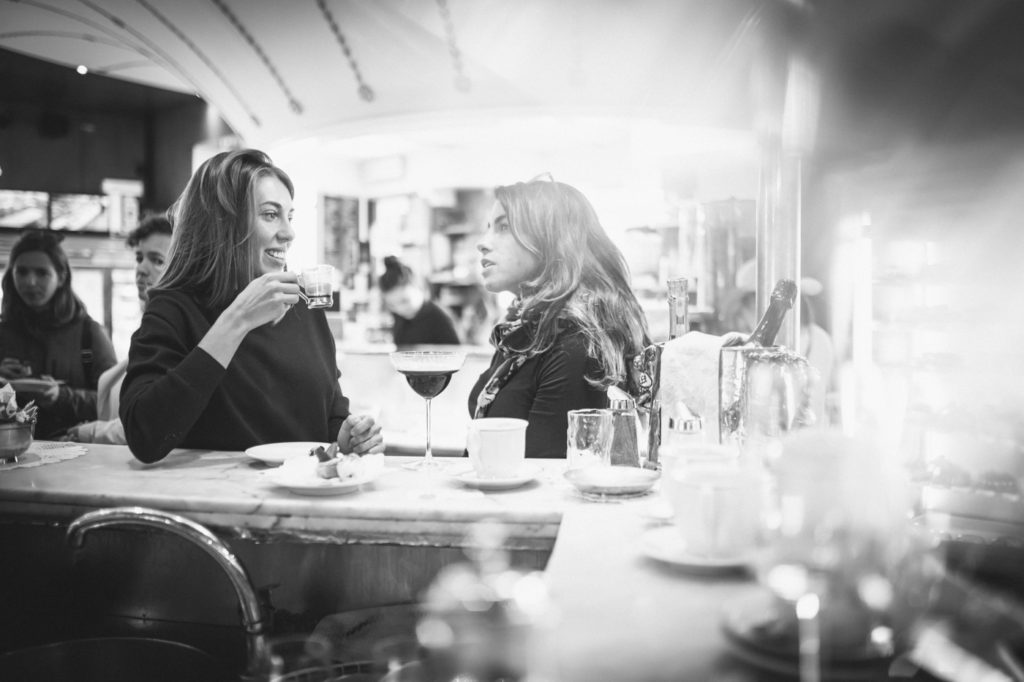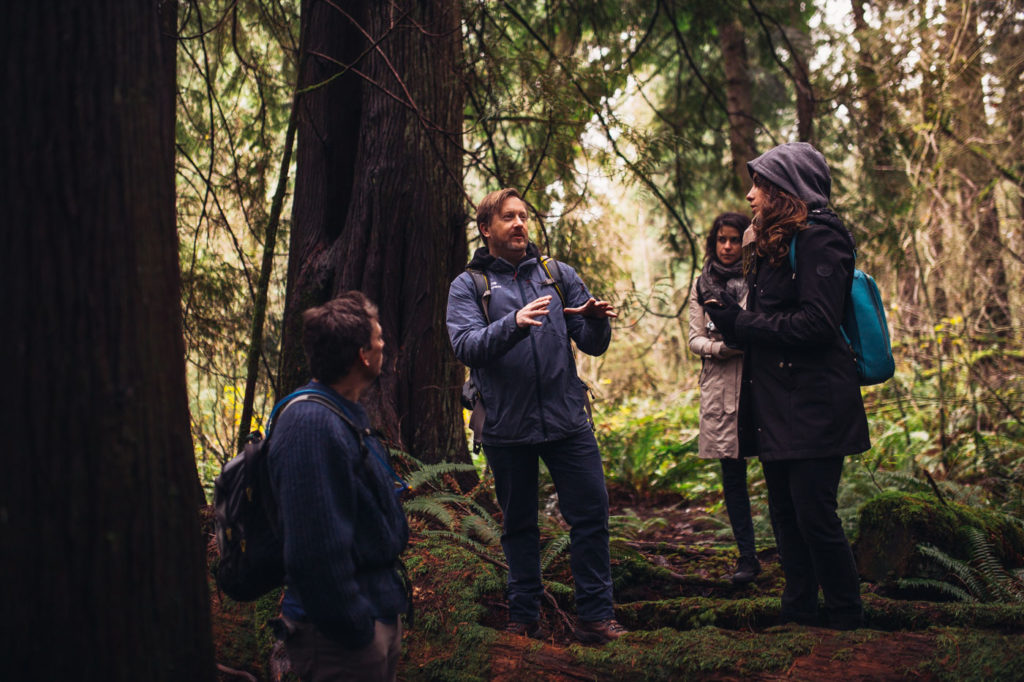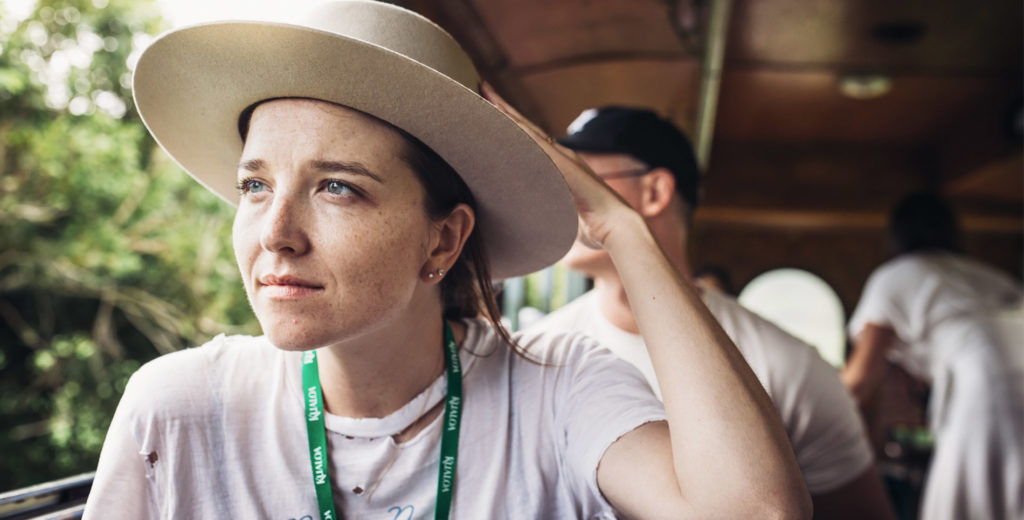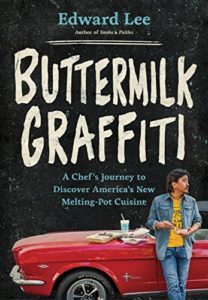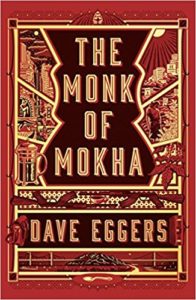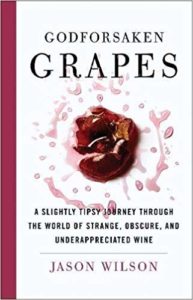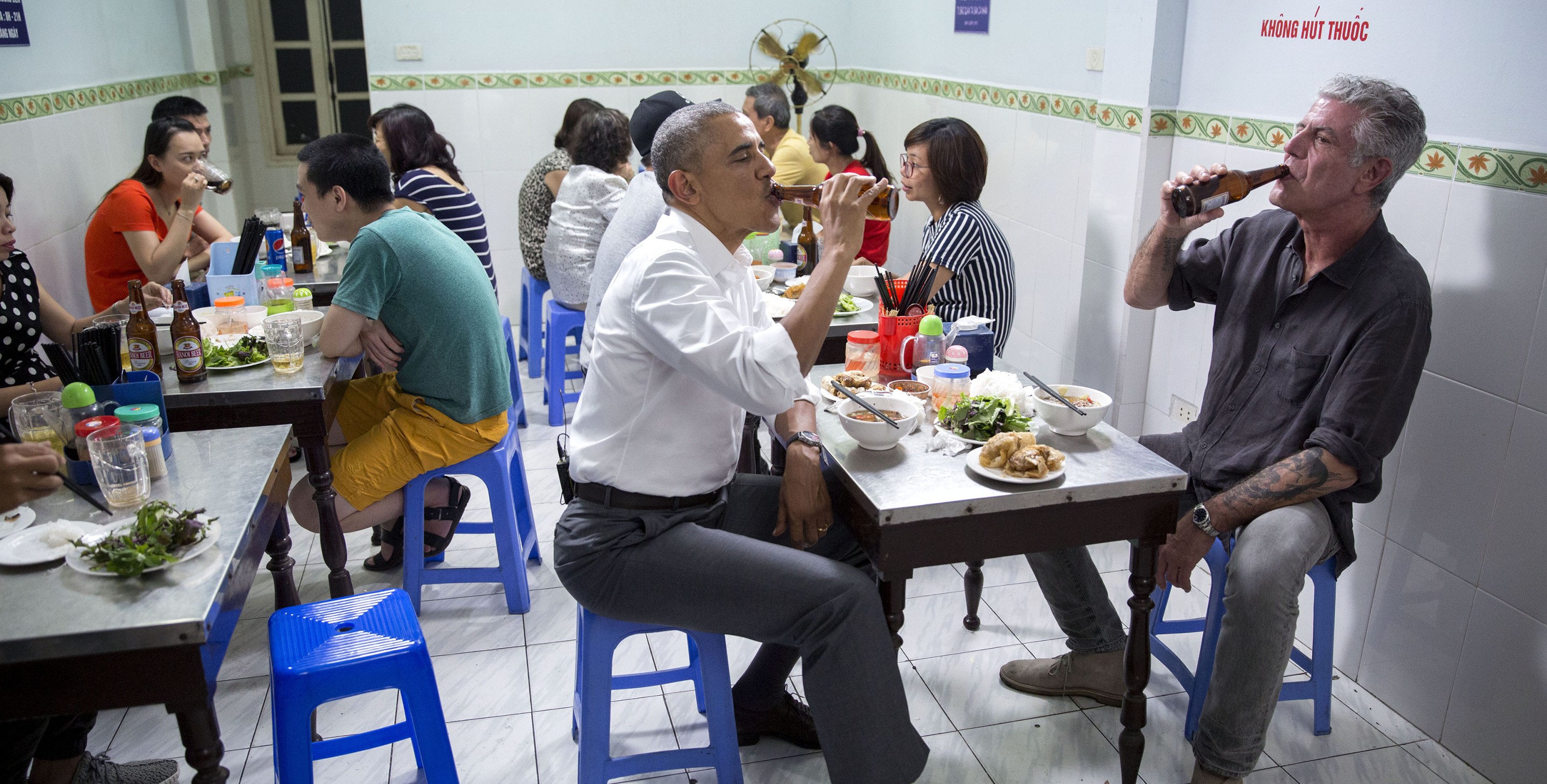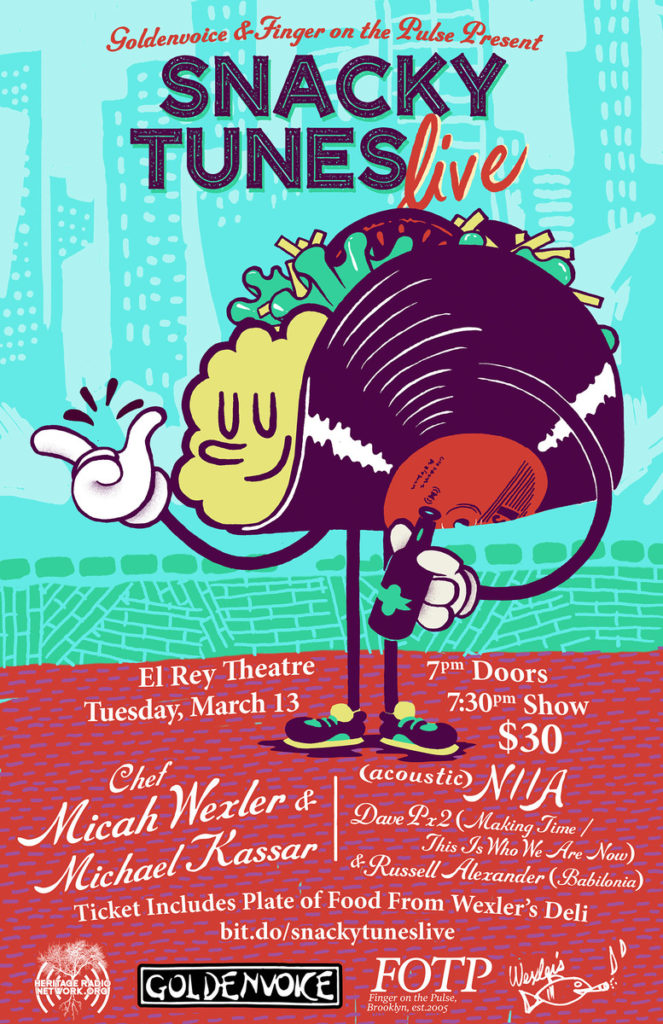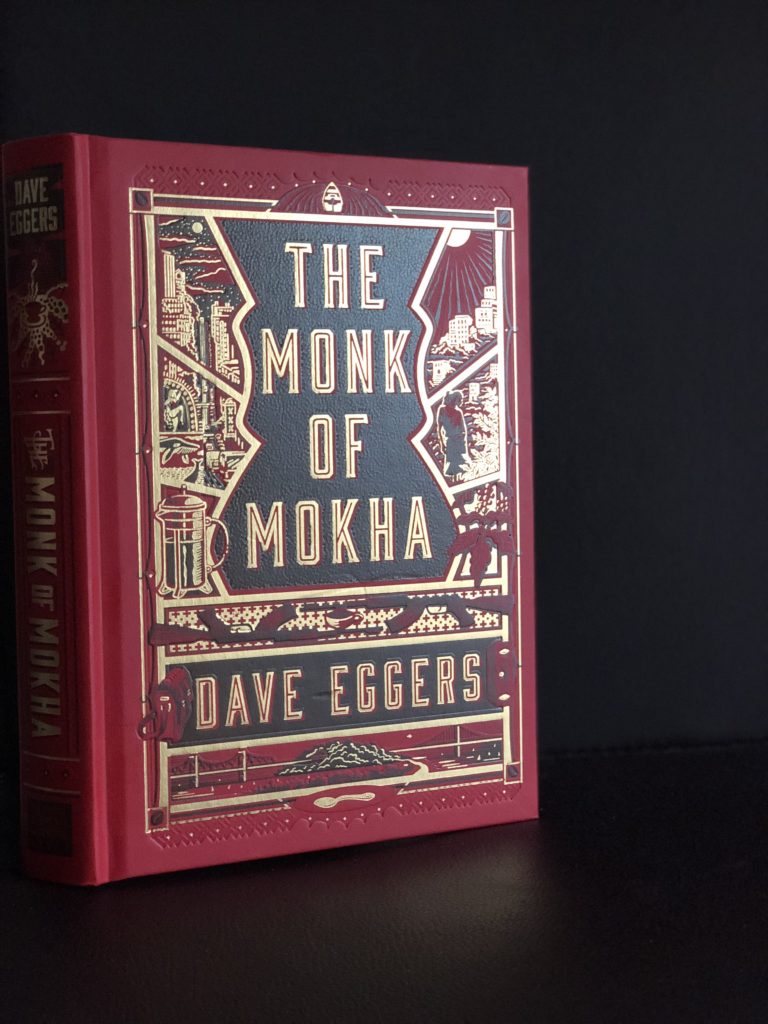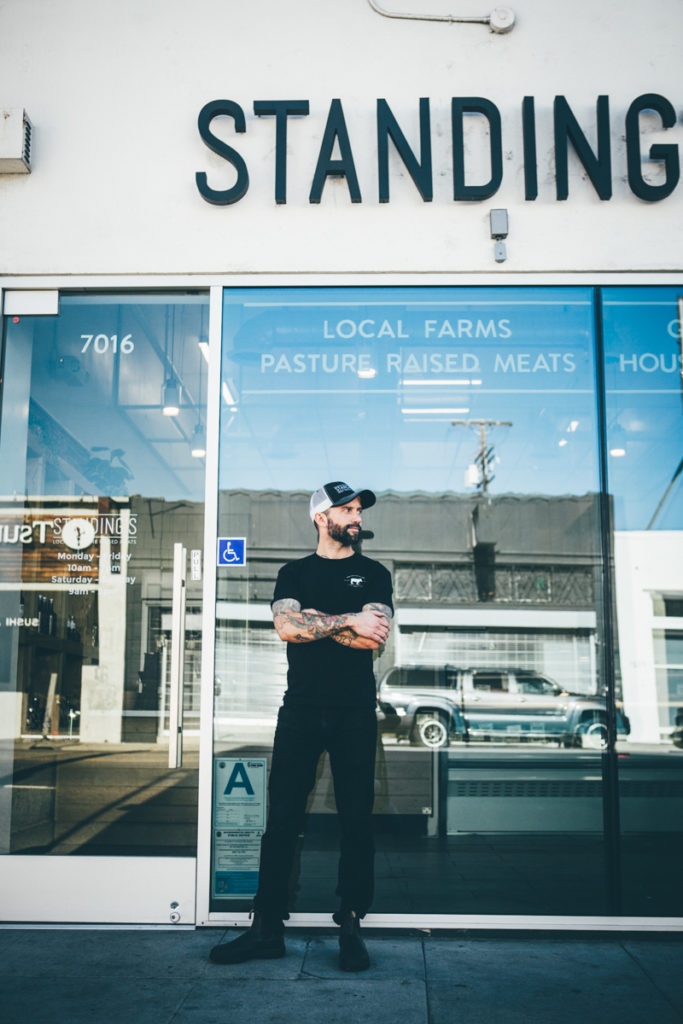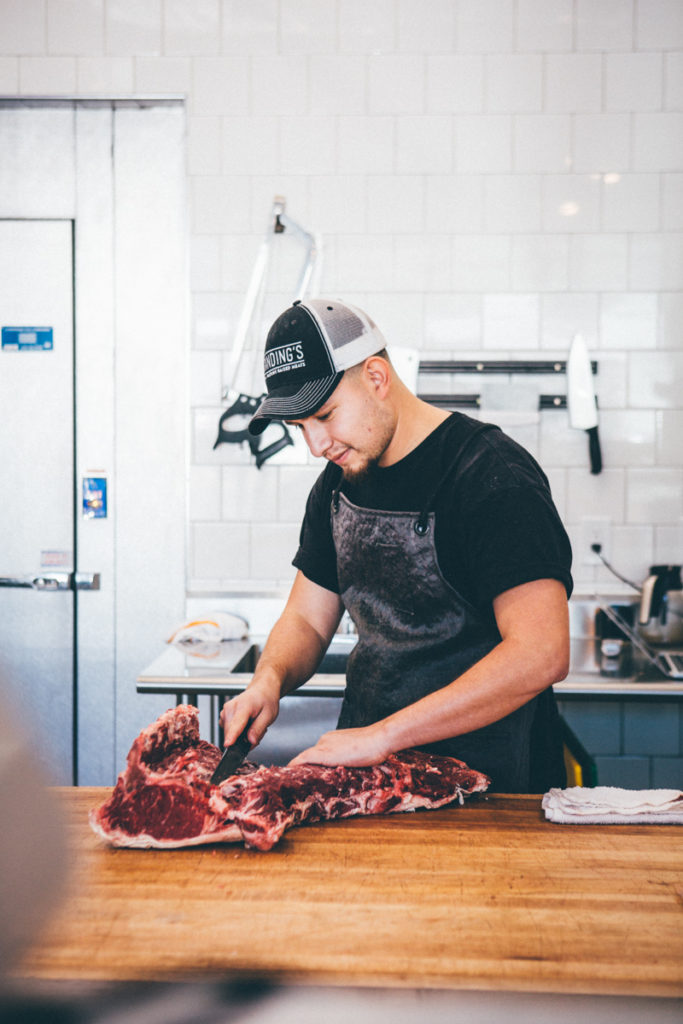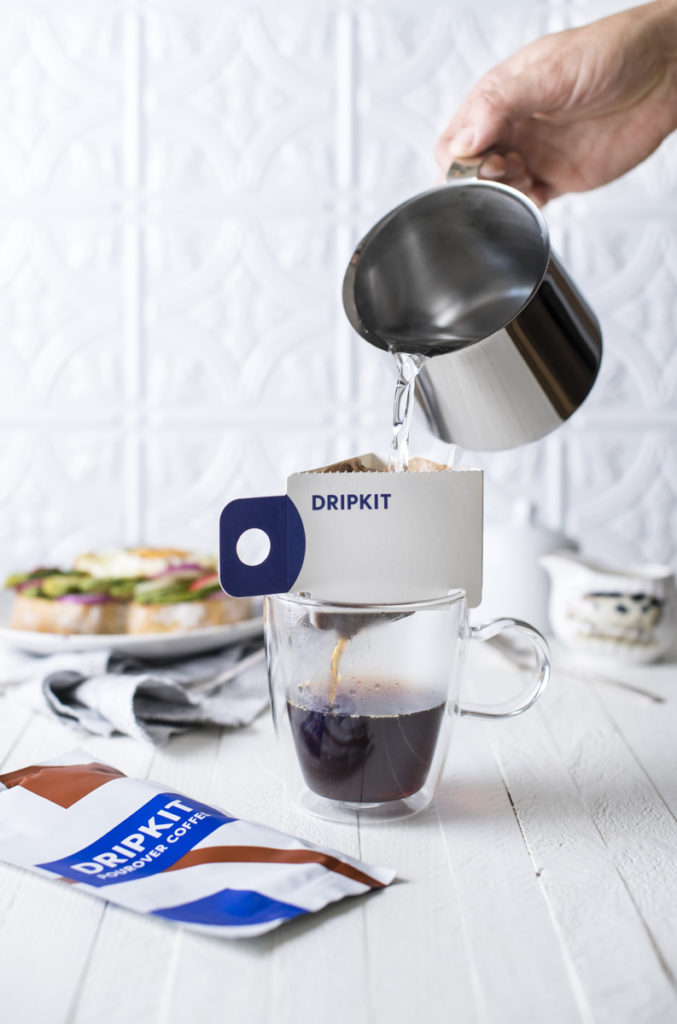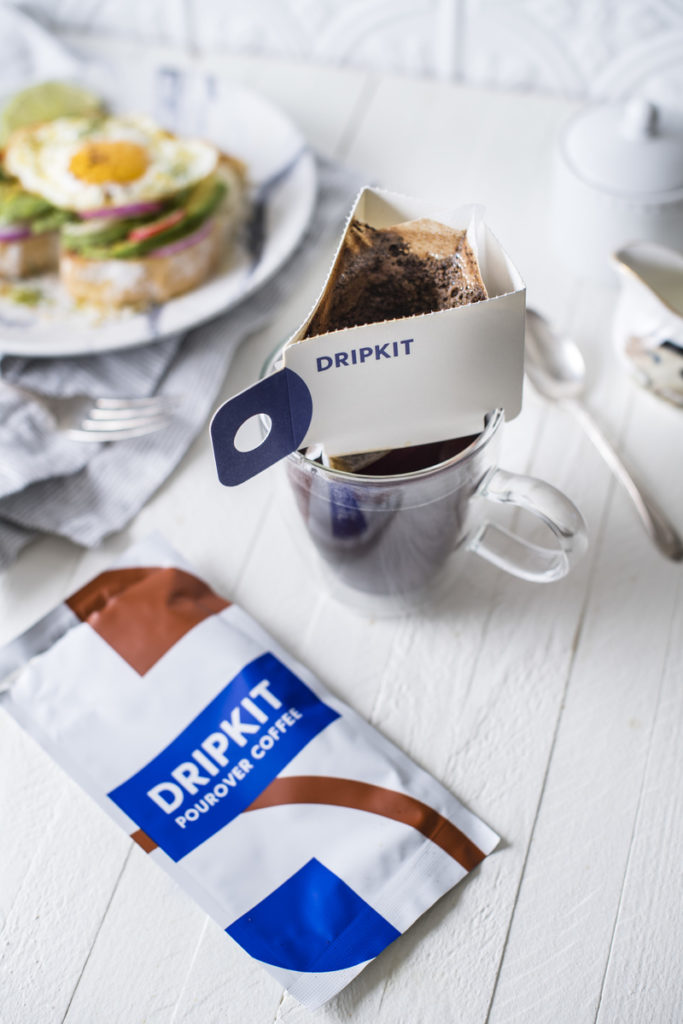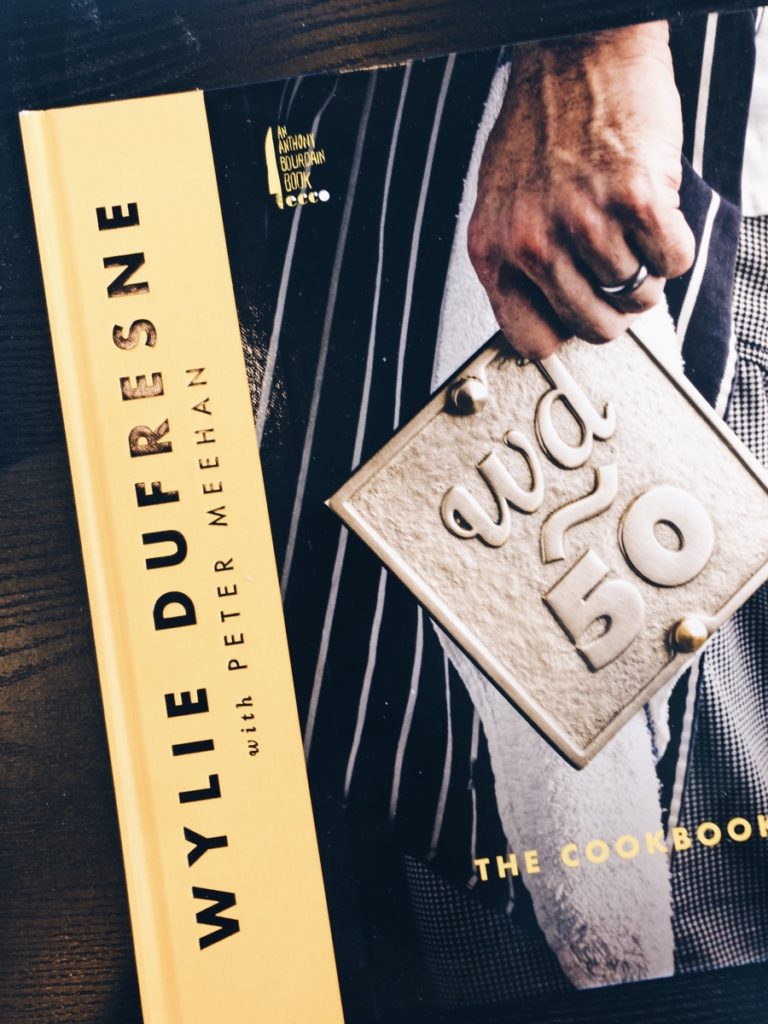Be the Change.
Hello friends,
As I write this, I have an ice pack on my head—if only the cold would numb my soul and mind. Alas, I’ll settle for this constant headache to go away.
I’ll be real with you right now, this isn’t a PR-ready CEO letter during one of America’s darkest hours—I can only speak from the heart in this moment. It has been at the core of our values with our little publication to always advocate for inclusivity in the food industry—as a POC myself, that ethos has been paramount. And we directed our efforts toward shedding light on the most vulnerable people of color with our multi-season documentary series, The Migrant Kitchen. In fact, if it weren’t for Covid-19, my team of filmmakers would be all across the country shooting our fourth season of the show, capturing the many ways in which race and food intersect in America.
We are at a turning point in our generation, one that will be remembered and written about for many years to come. While I do hope many major outlets and publications look internally and work on diversity, it is critical to also recognize the ways in which oppression towards people of color in America often stems from food access and land ownership.
With natural resources withheld and stripped from communities, populations in those areas—primarily black and latino—are subject to the results of food apartheid, agricultural oppression and economic turmoil. History has demonstrated time and again that inaccess to the basic fundamental human need for food can translate to desperate tactics for survival.
The events that have led to these national protests and riots represent a boiling point. The death of Mr. George Floyd was the final match thrown on a history of systemic racism and oppression towards people of color in nearly every facet of America’s functioning society.
And the food industry is no different.
The food we eat today is literally picked by exploited labor. Because our accepted cost of food is astonishingly low, restaurant margins are razor thin, which means minority workers are underpaid. In low-income neighborhoods, you won’t find a Whole Foods or a farmers market. Instead, their source of food will be a corner store and come in packages or canned.
Hopefully, this is a time of clarity for many about how to move forward, but let us never forget to keep asking why? What led us to this place in the first place? We must continue to peel the onion of what creates societal oppression for some and privilege for others. And we need those answers so we can correct issues at the source and inform a more equitable, sustainable future.
Life & Thyme wouldn’t exist without our community and right now, our community needs us all. We may be 100% independent and the “little guys” compared to the behemoths that represent food media, but we will always operate based on what our hearts, guts and souls tell us is right. So effective immediately, revenue from new Life & Thyme memberships will be donated to Black Lives Matter through June 19.
We rely on paid memberships to fund our editorial budgets, but it’s what we can do right now to be a part of the change and help build a better tomorrow.
If you’d like to support Black Lives Matter and receive a Life & Thyme membership as a perk, you can do so here. If you rather gift a membership to a friend while supporting Black Lives Matter (or if you’re already a member), we’ll have that option available next week.
We have also revamped our homepage to reflect black voices from the food community. If you’d like to contribute a message, do not hesitate to reply back to this email.
I wish you good health, safety and clarity for what lies ahead.
Take care,
— Antonio
Life & Thyme Founder

